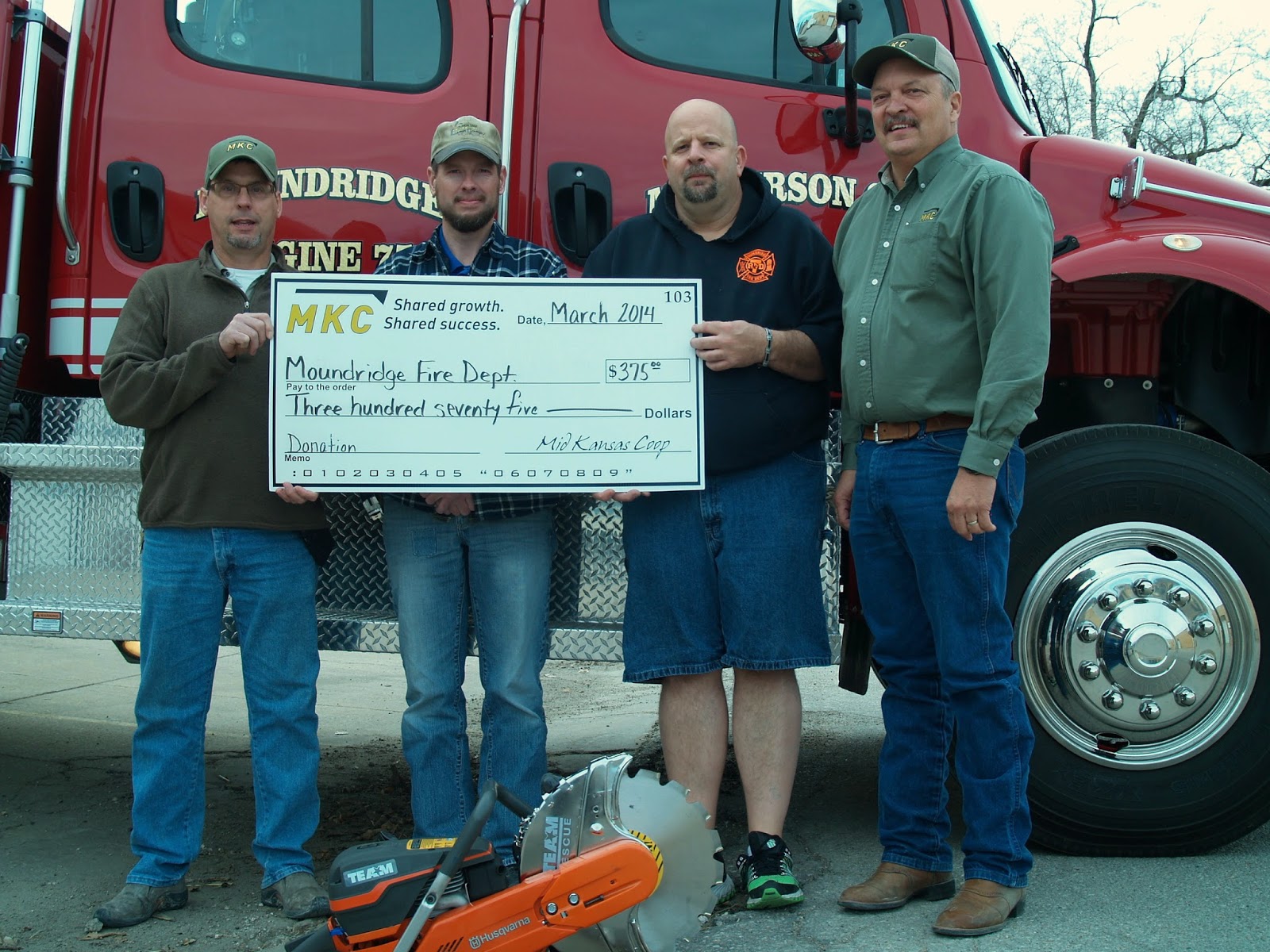What happens when something grows? It changes, doesn’t it? A wheat seed looks different after being in the ground for a month and livestock will someday reach an age of weaning.
 “If our co-op was
going to survive in today’s world, it was going to have to grow,” said Tom Hauschel,
Heartland Co-op CEO. “We realized change was necessary for us to compete in the
increasingly challenging marketplace.”
“If our co-op was
going to survive in today’s world, it was going to have to grow,” said Tom Hauschel,
Heartland Co-op CEO. “We realized change was necessary for us to compete in the
increasingly challenging marketplace.”
Since the
early days of the 1900's, Central Iowa farmers knew they needed a place to
market their grain for a fair price.
Now, over 100 years later, Heartland Co-op has evolved into the
cooperative it is today with 63 locations with operations in grain handling and
marketing, fertilizer and application, agriculture chemicals and application,
livestock feed and processing, agriculture energy products and propane.
At each
benchmark during the past 100 years, Heartland looked at the future needs of
its members and chose growth over stagnation. The old, original elevators
served the needs of those turn-of-the-century farmers who unified in order to
put some clout in their grain marketing. “We're still doing everything we can
to give Heartland-area farmers a voice in the future of agriculture amongst the
growth that was attributed to our success,” Hauschel said.
Heartland
believes in differentiating themselves from the competition by providing
unique, value-added and innovative solutions to customers. Currently they serve
more than 5,300 members and conduct business with them and others in one of the
63 communities across the state of Iowa.
The
"original" Heartland Co-op was formed in 1987 with a merger of three
cooperatives with facilities in Panora, Dallas Center, Minburn and Granger.
The Heartland
Co-op that exists today was formed in 1993 with a merger of the
"original" Heartland Co-op, Alleman Cooperative Company,
Mitchellville Cooperative, and the facilities previously owned by Avon Grain
Company at Carlisle and at East 18th Street in Des Moines. According to Hauschel,
17 mergers and acquisitions have occurred since 1993 creating the nationally
recognized cooperative they are today.
A merger in
2007 truly changed the dynamics and earnings of the cooperative. “It gave us
much better market arbitrage, asset utilization, access to capital, purchasing
power, operating efficiency and much more,” Hauschel said. “All of those
elements coming together improved cash flows and allowed Heartland Co-op to make
meaningful improvements to serve the members.”
In addition to
increased earnings, Hauschel said mergers have allowed their cooperative to attract
and retain top-end talent. The ability to draw the attention of very talented people
is a tremendous advantage. People will make a significant difference in returns
to members while allowing the cooperative to be competitive in the market place,
he said.
For Heartland
members, growth has created a more viable, sustainable cooperative system. In
addition, Hauschel believes it gives them better purchasing power and the ability
to make meaningful improvements at their locations for better member services
including speed, space and equipment. “We spend more money at an individual
location than the prior cooperative had for a capital budget 10 years ago,”
Hauschel added.
The geographic
diversity has benefited Heartland as well. “You aren’t so reliant on one
location,” Hauschel said. The western region of Heartland had record yields this
past year while the northern footprint had one of the worst years in history. “Not
having all the eggs in one geographic basket spreads out the cooperative’s risk,”
he said.
Many of the earlier mergers were economically driven for Heartland Co-op. Hauschel added the board then witnessed and saw the difference in customer service, earnings and the difference in the talents they hired. “They continued to see all of the things we were missing before because we were too small or didn’t have the capital to be a competitive partner to our members”, Hauschel said.
According to
Hauschel, a fear regarding growth of Heartland members has been there will be
no competition. But in today’s market place, he said there is no lack of
competition. “The bigger fear would be not having a viable cooperative system for
the future,” he said.
While growth
and change have been two constants for many other cooperatives across the
country, mergers, consolidations and acquisitions have not been a strange
occurrence for cooperatives throughout Nebraska and Iowa. In 1994, Iowa had 256
cooperatives. Today, they have 59 cooperatives. There are 55 agricultural cooperatives
across Nebraska today.
Hauschel said
there have been many changes as they reflect upon the past of Heartland Co-op. “We
expect the trend of growth to continue, but growing with a purpose is more
important than ever.”
Editors note: MKC was formed in 1965 through a merger with of three neighboring cooperatives in Moundridge, Buhler, and Groveland. Just like Heartland Co-op, MKC has grown in size and territory through mergers and acquisitions since it founding. Most recently in a special meeting on Thursday, March 6, the membership of Farmers Cooperative Association approved a merger with MKC in an overwhelming 91% vote of approval. The merger will take effect June 1, 2014.



